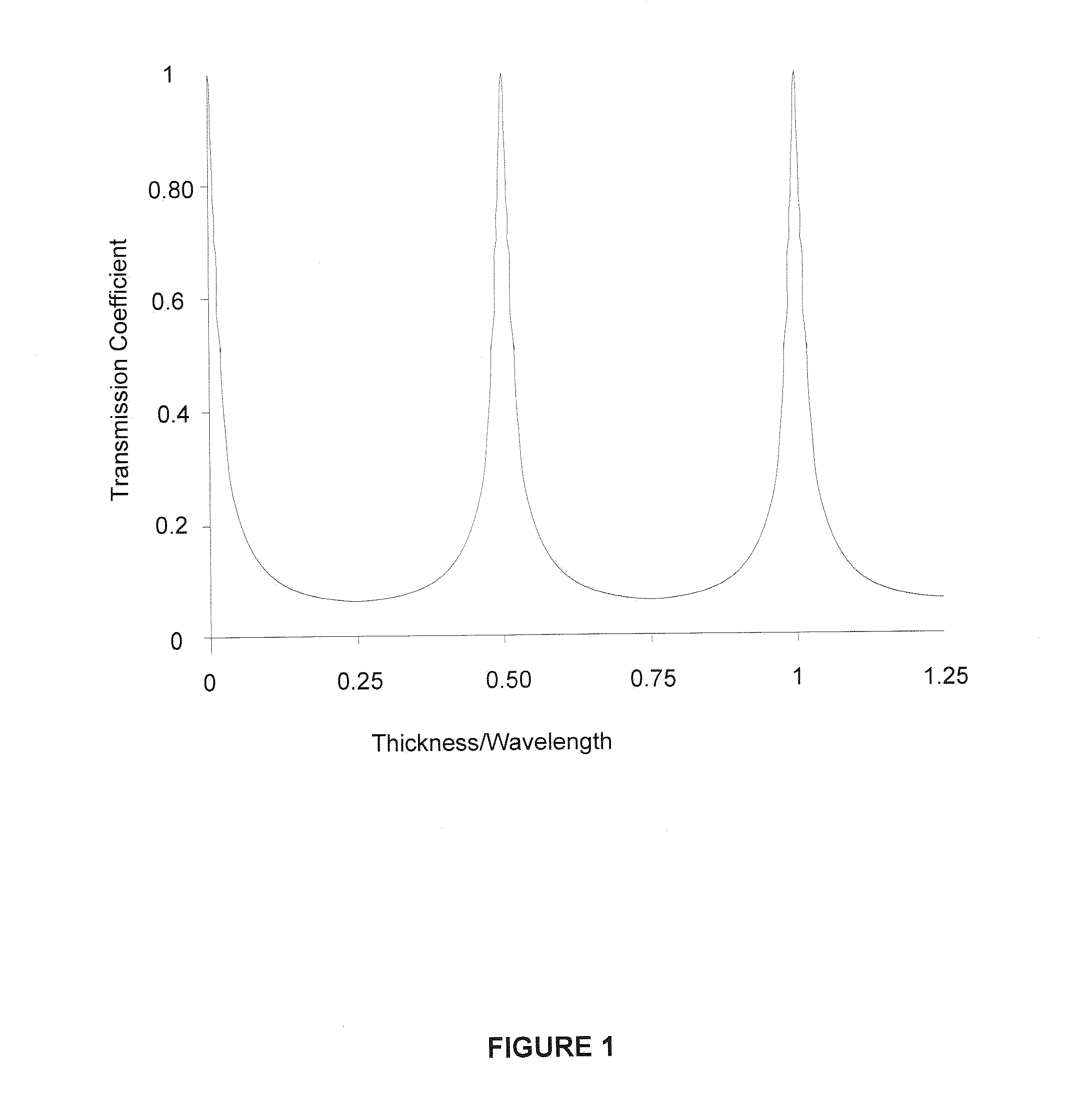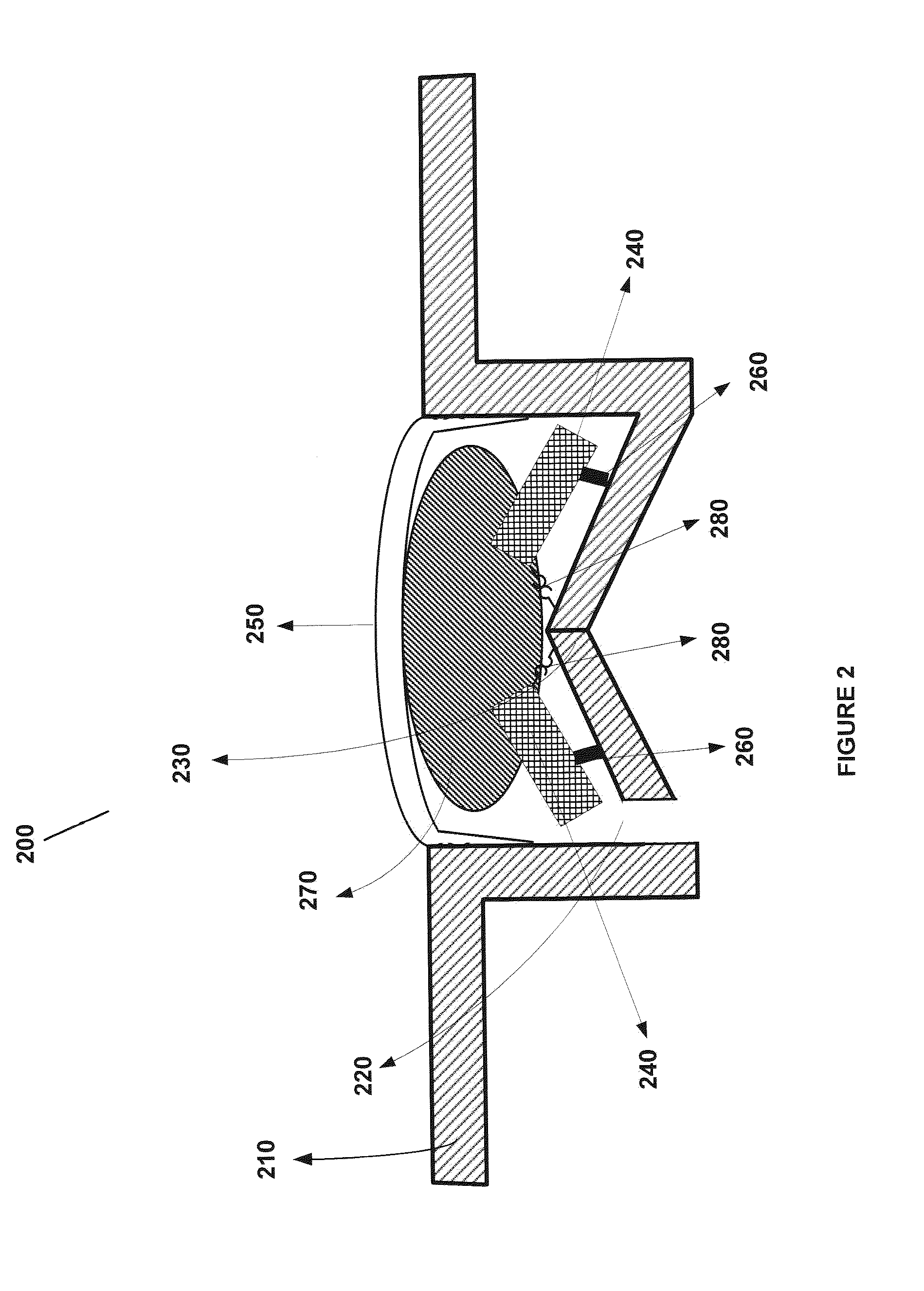Remotely detectable ammunition
a technology of remote detection and ammunition, applied in the field of ammunition, can solve the problems of severely curtailing the right to own and use a firearm, and reducing the vigilance of the police, so as to prevent or reduce the harm of mass shootings, and reduce the need for vigilan
- Summary
- Abstract
- Description
- Claims
- Application Information
AI Technical Summary
Benefits of technology
Problems solved by technology
Method used
Image
Examples
Embodiment Construction
[0050]In recent times, mass shootings in public places remain a problem. In a mass shooting a man / woman would carry a large amount of ammo, and an automatic weapon(s) into a public place. Examples of public places are crowded places like the Time Square, hospitals, schools, shopping malls, universities and theaters. Then he / she attempts to murder as many people as possible. Now only if we could stop them. . . .
[0051]A normal piece of ammunition consists of, a primer, black powder, and the projectile. The piece of ammunition works when the hammer hits the cartridge in the back, it compresses the fulminate against an anvil. This percussion causes the primer to explode. Through a hole in the primer section the flash reaches the gunpowder and causes it to ignite. In turn, this ignition results in the generation of a lot of gas and that pushes the bullet out. The bullet spins if the barrel is rifled because it gives a more accurate shot. Al of this is believed to be well-known to one hav...
PUM
 Login to View More
Login to View More Abstract
Description
Claims
Application Information
 Login to View More
Login to View More - R&D
- Intellectual Property
- Life Sciences
- Materials
- Tech Scout
- Unparalleled Data Quality
- Higher Quality Content
- 60% Fewer Hallucinations
Browse by: Latest US Patents, China's latest patents, Technical Efficacy Thesaurus, Application Domain, Technology Topic, Popular Technical Reports.
© 2025 PatSnap. All rights reserved.Legal|Privacy policy|Modern Slavery Act Transparency Statement|Sitemap|About US| Contact US: help@patsnap.com



